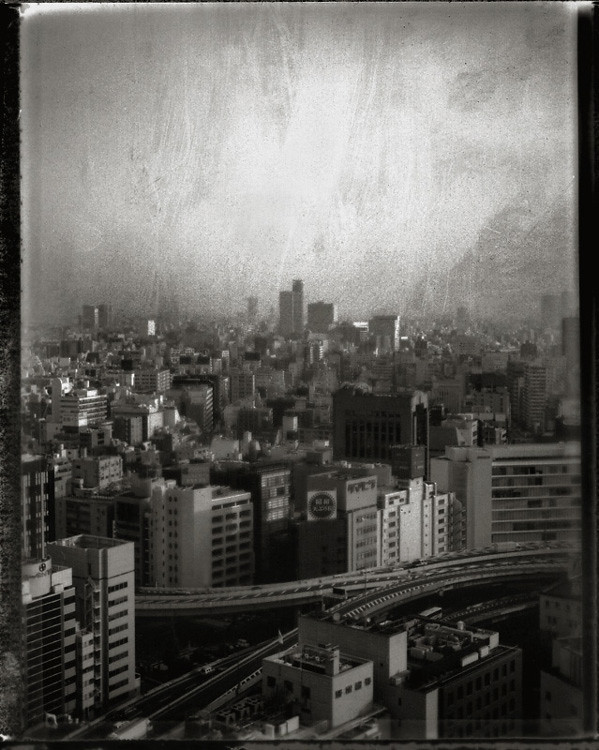
Tokyo’s Metropolitan Expressway —
Shuto Kōsoku Dōro (or just the
Shuto) — is Tokyo’s answer to handling large volumes of traffic traversing the megalopolis.
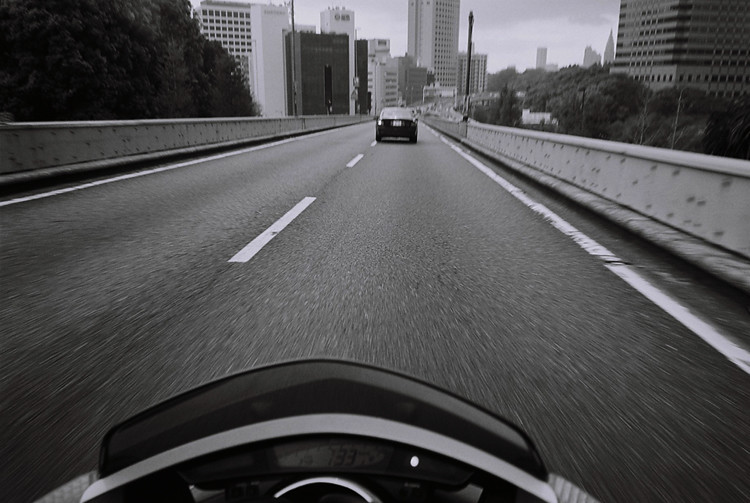
The first sections were opened in time to showcase Tokyo for the 1962 Olympics. Not designed as an unlimited speed road, its main purpose was to ferry cars around at moderate speeds, unhindered by the non-car friendly Tokyo streets above and below.
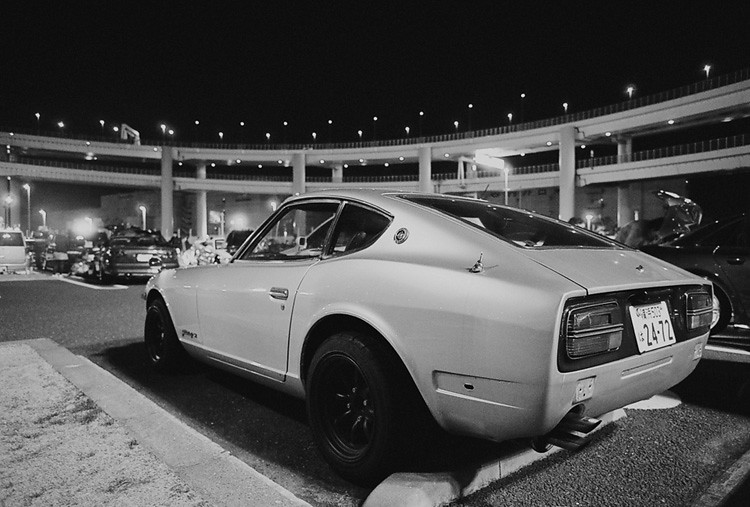
While some sections snake alongside rivers, or behind buildings at ground level, most of the road sections are elevated above ground, or tunnel under major areas such as the Imperial Palace or other surface roads.
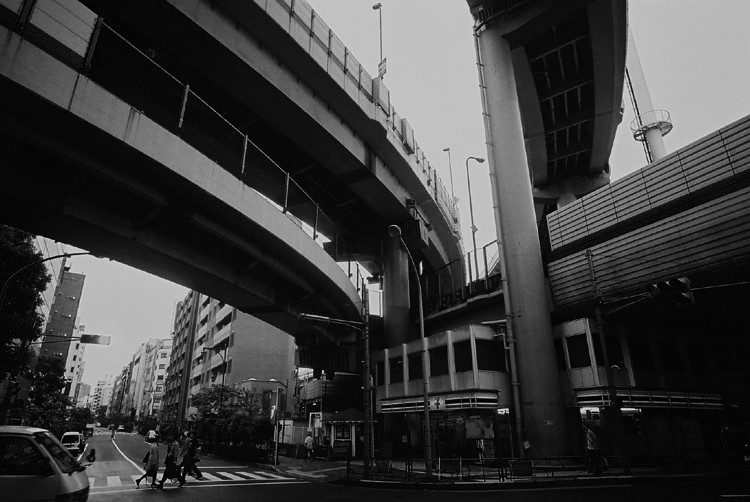
Many sections of road deck are multi-layered, often consisting of four or more roads, stacked on top of each other. Because of limitations of the landscape, buildings, subterranean infrastructure (other roads and train lines), the often convoluted elevated sections, tunnels, dividers, ramps, interchanges, and tollbooths all conspire to enhance the legend of the
Shuto as being a challenging road to drive, at any speed.

The
Shuto also includes the Tokyo Wan Aqualine, a 15km straight-line blast under, and then over, Tokyo Bay (wan) to Chiba. The Aqualine used to be a “private” road, built by private interests and with a toll value set at the wish of the operator. Like many private roads in Japan (such as the Atsugi Toll Road to Fuji-san), they used to be un-policed for speed limits. This open status promoted street racing gangs, sometimes badging themselves with ’250′ or ’300′ patches – representing their supposed topped-out kilometer-per-hour speed achievements on public roads.
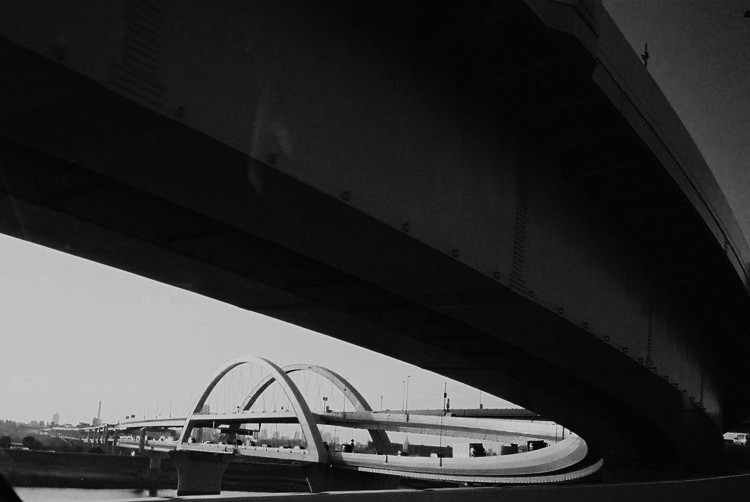
Sadly, or perhaps for the better, speed limits on private toll roads are now policed — not before I was able to enjoy nailing the throttle on a Ferrari V8, roof down, in a vain attempt to chase down some hairdresser in his RX-7. I am not sure what sounded better; the five-valve V8 from Modena, or the Hiroshima rotary cracking and spitting fire on the over-run as we screamed through the tunnel section. At some ridiculous speed though, I chickened out, and watched the RX-7 disappear into the distance.
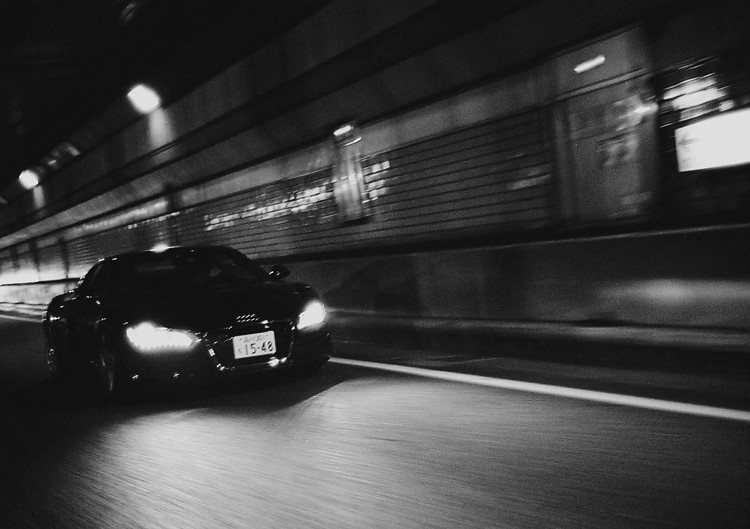
While street racers have used sections for racing, notably the Bayshore (
Wangan) sections, the
Shuto gained global exposure with the 1998 release of
Shutokou Battle, a Dreamcast console game - known as Tokyo Extreme Racer in the US - accurate for its representation of the
Shuto’s layout, down to being able to see my old apartment as you raced past at high speed. I still wake in the middle of the night when hearing a loud exhaust, thinking perhaps I am still in my bed next to the Akasaka-Roppongi-Knot (‘ARK’), a particularly notorious set of bends known to claim the unwary.
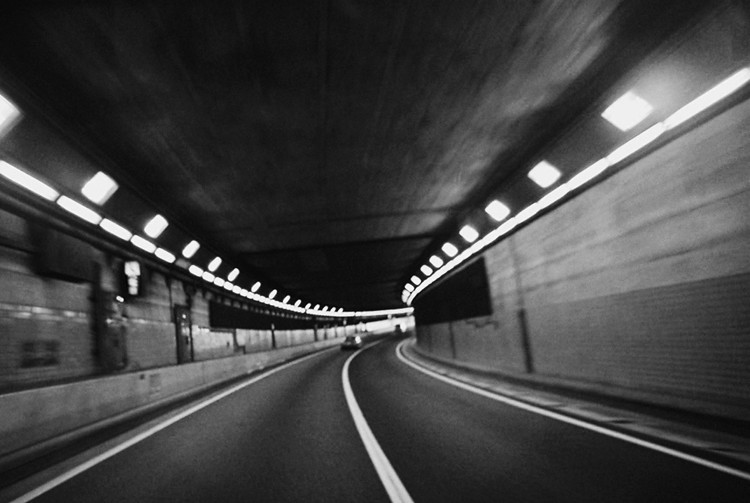
Working nearby to the
Shuto, and while enjoying car talk at work one day, one of the senior managers — perhaps sixty years of age — commented that he too enjoyed fast cars, driving a Legacy Turbo. As a joke I asked, “So Tanaka-san, do you get up at 02:00 and go racing around the Shuto?”
“Of course!” he blurted out rapidly, looking at me as if I was mad to even ask such a question.
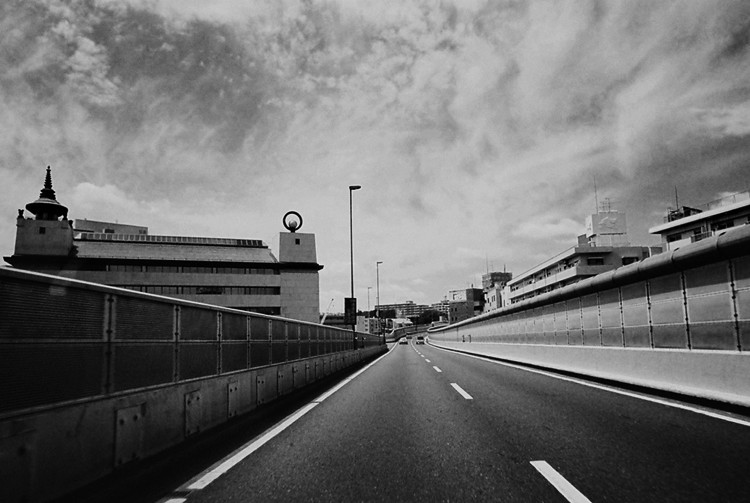
One notable site for all car types to congregate is the
Shuto’s Daikoku Futo – halfway between Yokohama and Tokyo on the
Wangan route.
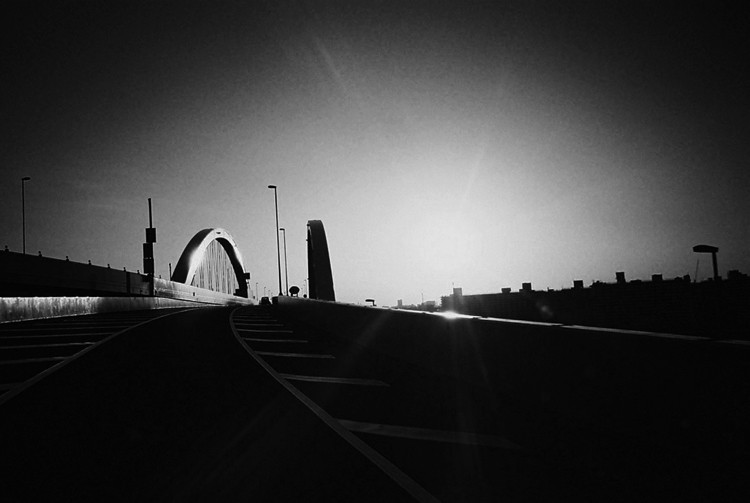
With no other facilities except a gas station and some fast food sellers, it is perhaps a natural place to congregate and enjoy the sounds of fast cars screaming overhead on the elevated sections.
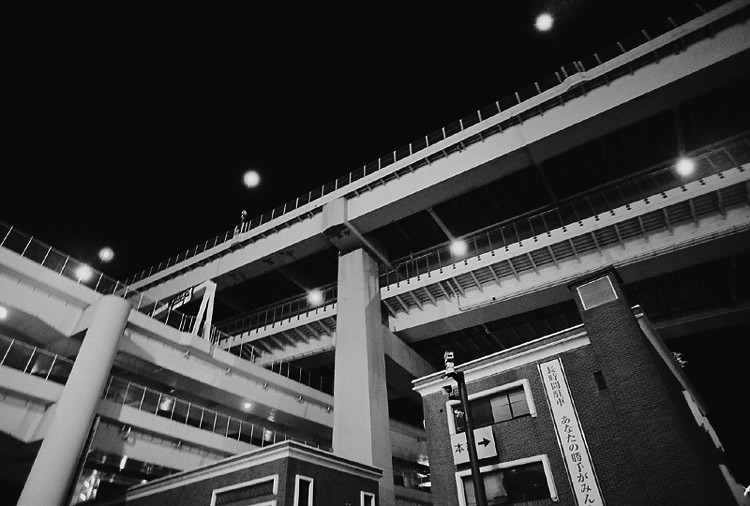
The Parking Area (“PA”), on Thursdays, Fridays, and Saturdays is often full of interesting rides. Not only for legendary Japanese cars, but bikes too, and the Porsche, Ferrari and Lamborghini clubs sometimes show up, as do a regular smattering of
bosozoku and general
shakotan style aficionados.

On the access roads outside the PA, in front of the local
koban, less responsible drivers have been known to practice their mountain drifting skills. The massive tire marks, rubber-marbles in the gutter, and the sometimes dinged guard-rail, are all obvious signs of some serious drift work.
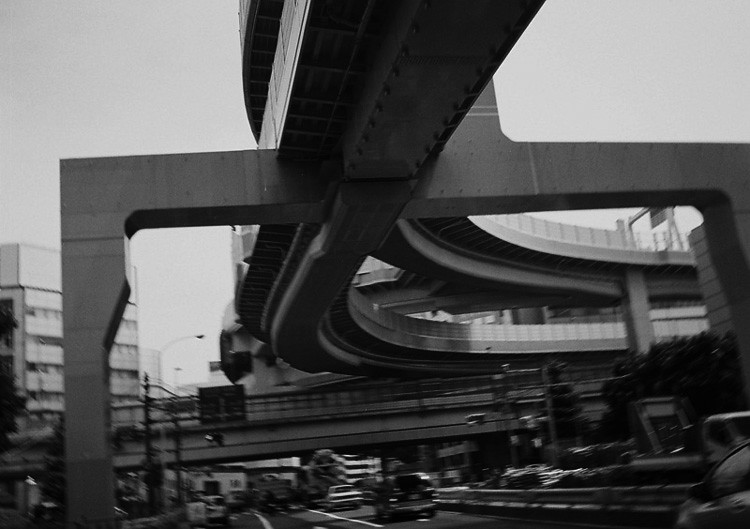
YouTube has numerous postings, including the bemused police in their
koban, and their attempts to shut the drifters down.
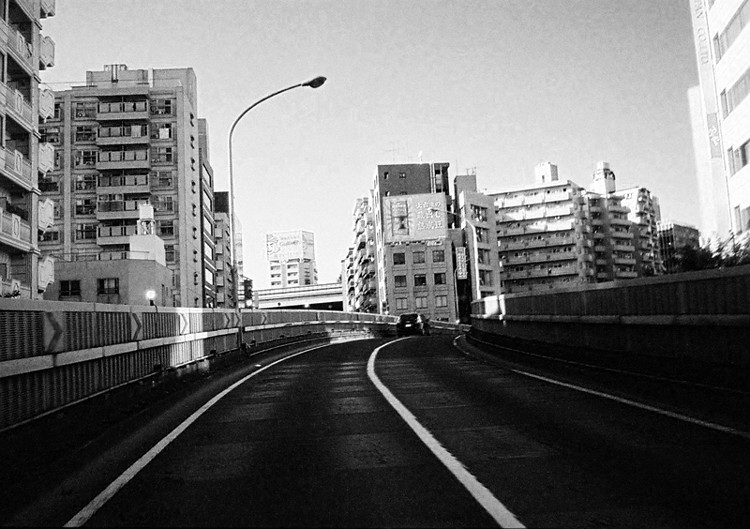
The new Yamate Tunnel adds another 10.9km of fun to the run from Ikebukero to Meguro. It features some remarkable engineering, including a 12 level climb from the subterranean run to nine levels above ground to join the Chuo Expressway at Hatsudai – this roller coaster ride up and down alone is worth the ¥700 entrance fee.
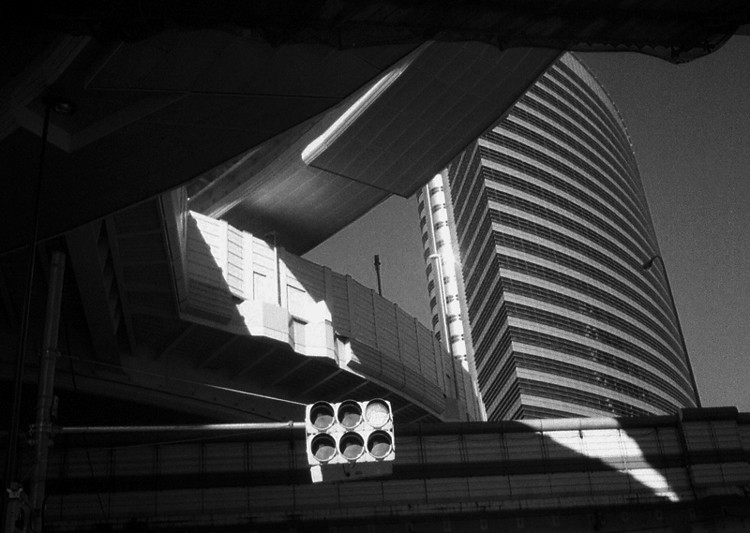
While I ride the
Shuto two or three times per week, commuting on my barge-like Maxam big-scooter, the best time of course is as recommended by Tanaka-san in his Subaru; late evenings, or early mornings. Chasing the fire-breathing RX-7s and GT-Rs is a lot more pleasurable when I can forget the camera, and enjoy the wail of my Audi V8, a Nissan in-line six, or a high-revving Mazda rotary next to me as we scream through the tunnels and wind through the many routes around Tokyo.
All at the recommended speed limit of course.
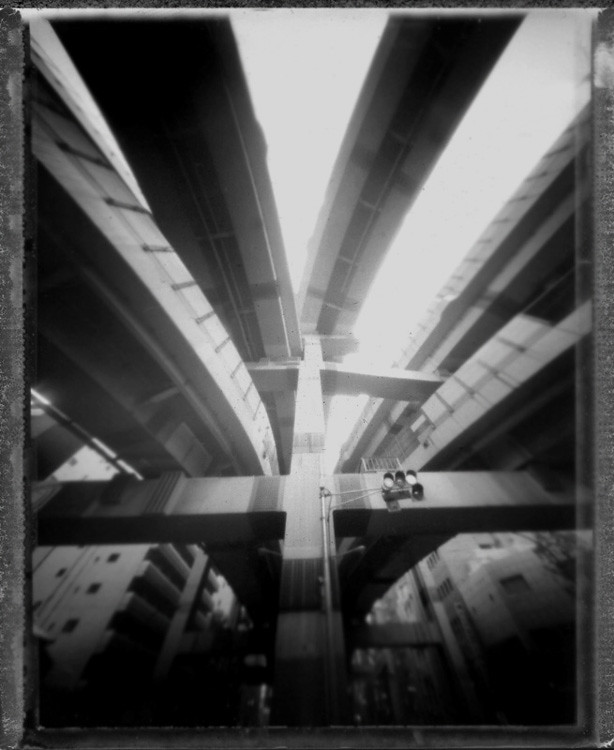 This piece first appeared on Japanese Nostalgic Car.
This piece first appeared on Japanese Nostalgic Car.